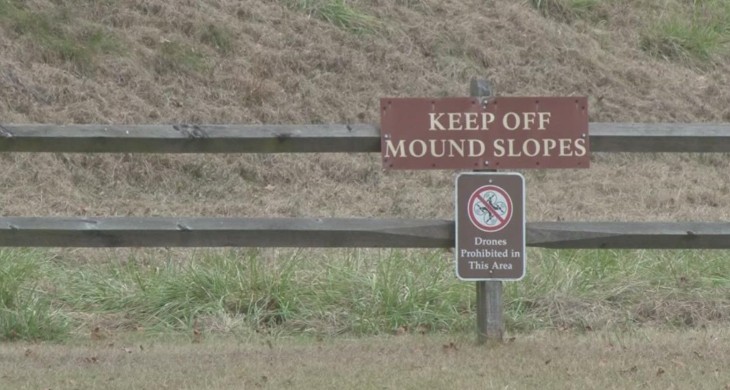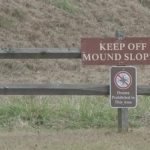This week, we learned about sustainable ways to engage with archaeotourism. We had the opportunity to meet with the Archaeological Institute of America’s (AIA) Director of Programs Meredith Langlitz. During our meeting, educating the public was a main topic. This can manifest in multiple ways, including educating the public about the presence of a site, laws surrounding preservation, and how to respectfully interact with a site (e.g. leave no trace). To learn more about how to be a good archaeotourist, click here. The AIA also offers guided tours of archaeological sites to promote sustainable tourism! These include sites in Japan, Italy, Ireland, and more!
Promoting tourism and preserving sites is a delicate balance. Too much tourism can lead to overuse and degradation of sites (as well as vandalism), while too little tourism can deprive the local community of economic opportunities and potentially decrease preservation efforts. Appropriate management plans include educating the public on the history and value of heritage resources, making active efforts to involve the community, preserving cultural resources in a nondestructive manner, and ensuring the environment surrounding the site is not destroyed. Education and involving communities interest me the most, because we’re using them to develop information for our StoryMap.
Have you ever visited a historical or archaeological site? Maybe you have a favorite one to learn about or return to. Maybe your town has a few! The sites that are open to public visitation all engage in heritage tourism. According to the Society for American Archaeology, heritage tourism is, “travel that provides an authentic experience and communicates the lives, events, or accomplishments of past peoples” (Pinter 2005, 9). This includes archaeological tourism (or archaeotourism), which emphasizes the role of archaeology in discovering the human past through visits to parks and archaeological sites. Some sites having active excavations may even welcome visitors!
Deciding which sites to put into a StoryMap is determined by how much preservation can be provided to a site, if the site is publicly known and accessible, and how much information is provided about Native American heritage at the site. Sites that are not publicly known and have no preservation cannot be included because that may make the site vulnerable to destruction. Sites that are known and accessible to the public but have little preservation may not be good candidates for increased tourism, as this could also result in destruction. The best sites would be ones known and accessible to the public, that also have a strong management plan for preservation efforts. These include Ocmulgee Mounds National Historical Park and Etowah Indian Mounds State Historic site, which display signs asking visitors not to climb on mound slopes.

References Cited:
Pinter, Teresa L. 2005. “Tourism and Archaeology: Critical Issues.” In The SAA Archaeological Record 5(3): 9-11.



